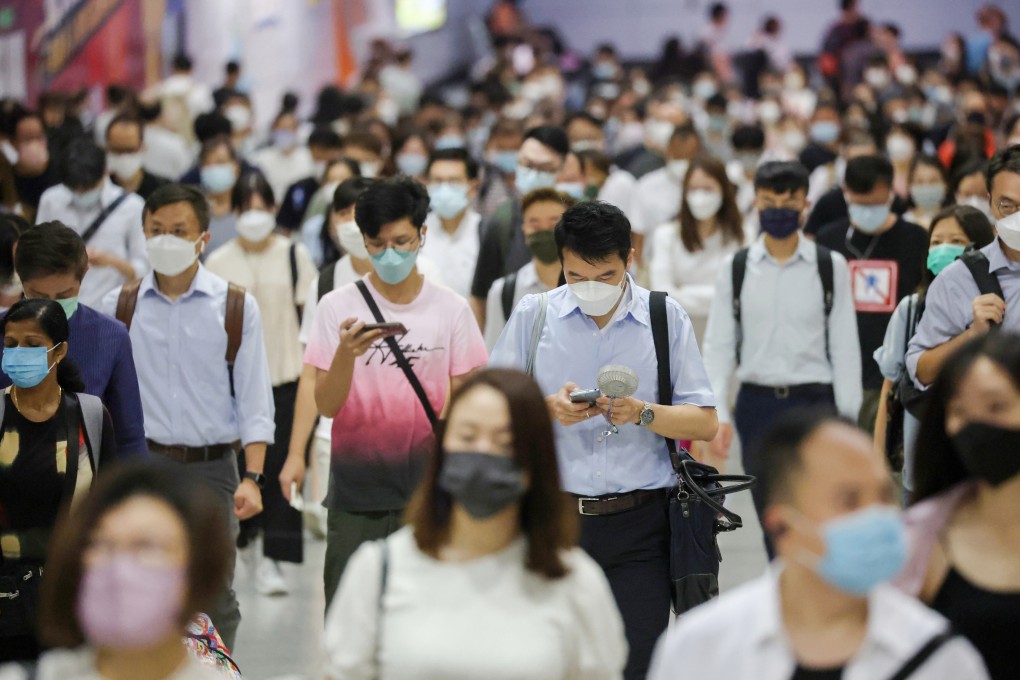Letters | Guidelines on working hours in Hong Kong too long in coming
- Readers discuss the lack of progress on the development of sector-specific guidelines on working hours, and suggest the government develop tools to help professionals dealing with children make better decisions on reporting abuse

The government decided not to pursue the statutory approach; instead, it established 11 working groups with representatives from the government, employers and workers to develop sector-specific working hours guidelines in 2017. Yet, according to the Labour Department, from 2017 to October 2022, only 123 meetings were held. Representatives from some industries, such as retail and theatre, only met five times in 2018 and 2019. Only four committees have held meetings in 2022. The seventh Legislative Council has not held a meeting on this matter since its term commenced on January 1.
In response to our inquiries on the lack of progress on guidelines on working hours, a representative of the Labour Department explained that many coordinating efforts and back-and-forth discussions have been required as employer and employee representatives often hold divergent views. The representative said that despite the current economic conditions, and the impact of the Covid-19 pandemic since 2020, the department has been making efforts to coordinate and facilitate discussion in the tripartite committees.
Given the importance of work-family balance to our society, we appeal to the Legislative Council Panel on Manpower to pressure the government to speed up the process of developing working hours guidelines. The difficult economic conditions are not a good excuse for not moving forward, as the local economy is likely to have recovered by the time the guidelines are ready.
Alan Yau and Howard Lam, Kowloon Tong